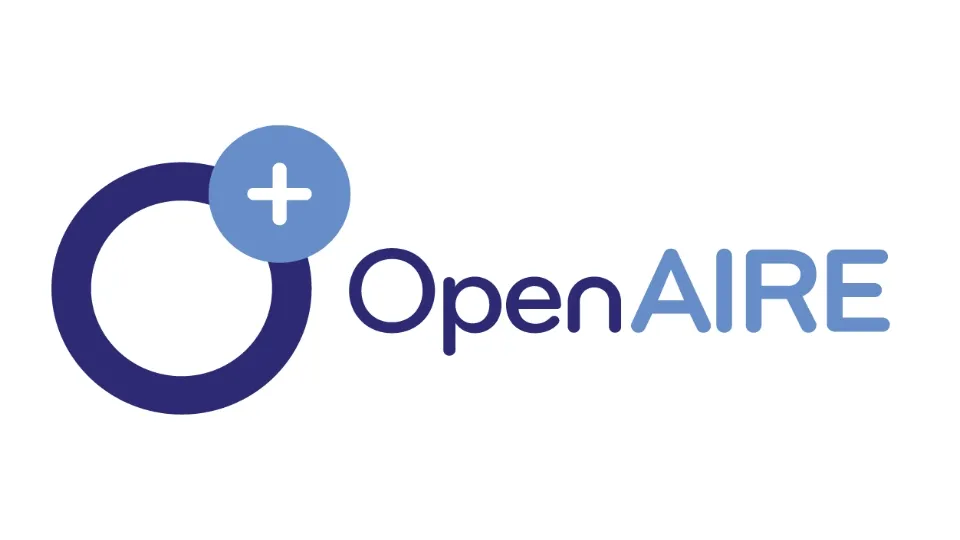Knowledge Mapping Bidang Ilmu Perpustakaan Dengan Metode Nine Basics of Information Science
DOI:
https://doi.org/10.21154/pustakaloka.v13i1.2445Keywords:
nowledge mapping, library science, library science and information scienceAbstract
The purpose of this study is to analyze the knowledge of mapping in the field of Library Science with the Nine Basics of Information Science method and to analyze the development that has led to the Kemenristekdikti nomenclature. The research method used is quantitative research with a survey approach. The total population of 1,597 and a sample of 94. he validity test used construct validity and empirical reliability tests. Data analysis with mean analysis based on variables from all respondents and presented. The results showed that of the knowledge mapping the field of library science was categorized into three categories, namely the category of foundation, resources, and subject-based knowledge. he category of foundation shows that the use of theory used has varied, but it was found that several publications did not use theory. The method of publication is more inclined to use qualitative methods, and a relatively high level of sophistication publication. The category of resources is more inclined to use secondary information sources. The category of subject-based knowledge tends to be the subject of social issues, the subject of the technique and process of presenting information in the library, the subject of systems and application development, and the subject of technology. The results of the knowledge mapping in the field of library science in the publications on the Garuda website have also led to a new nomenclature, which is more directed at the field of social issues.
Keywords: knowledge mapping, library science , library science and information science
Downloads
Published
How to Cite
Issue
Section
License
Requirements to be met by the author as follows:
- Author storing copyright and grant the journal right of first publication manuscripts simultaneously with licensed under the Creative Commons Attribution License that allows others to share the work with a statement of the work's authorship and initial publication in this journal.
Authors can enter into the preparation of additional contractual separately for non-exclusive distribution of a rich version of the journal issue (eg: post it to an institutional repository or publish it in a book), with the recognition of initial publication in this journal.
Authors are allowed and encouraged to post their work online (eg, in institutional repositories or on their website) prior to and during the submission process, because it can lead to productive exchanges, as well as citations earlier and more severe than published works. (see The Effect of Open Access).















